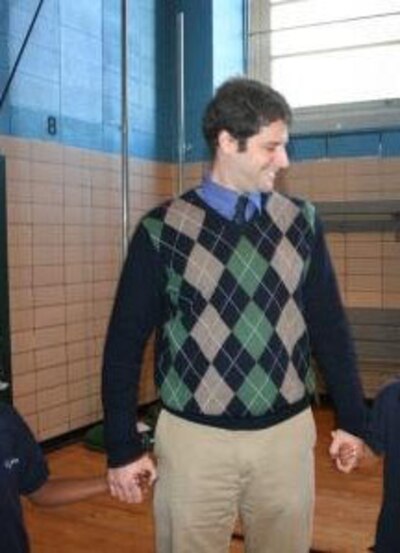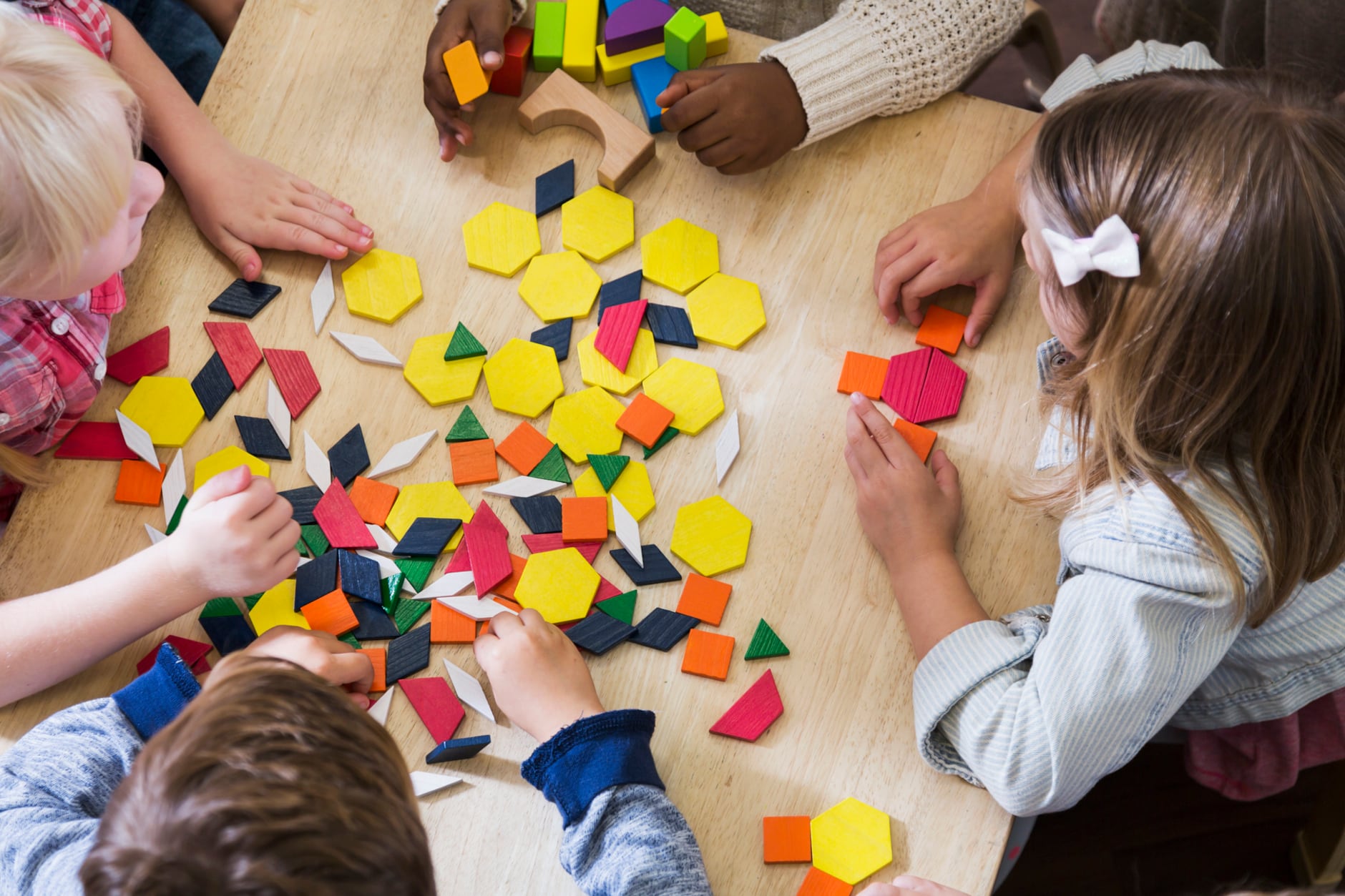After the Adams 12 district north of Denver announced it would start the school year fully remote, an official raised a novel idea: school-run learning pods.
Administrators in the district of 39,000 students, where about 40% of children are eligible for subsidized meals, were initially overwhelmed at the thought of creating pods akin to those formed by wealthy families to handle remote learning and home schooling during the pandemic, said Tara Peña, the district’s executive director of middle schools.
“We kind of all sat there a little dumbfounded for 24 hours, like, ‘How the heck are we going to do this?’” she said.
Since then, district officials have worked around the clock to coordinate the logistics and now say they hope to have two to three pods per grade level at all 41 elementary, middle, and K-8 schools. The pods will include up to 10 students at the elementary level and 15 at the middle school level, and will be staffed by teacher aides, substitutes, and other adults paid by the district.
“It’s not “Can we do this?’ Peña said. “It’s, ‘we need to do this.’”
Across the country, the “pandemic pod” conversation has revolved around higher-income parents spending thousands of dollars on private teachers or tutors as the pandemic shutters buildings across the country.
Headlines about $25,000 pods certainly caused outrage — but they also got some school leaders, nonprofit organizations, and equity-minded parents thinking. In places where schools have decided they cannot fully re-open, is there a way to reimagine the pod experience, adapting the model to serve students who need it most on a larger scale?
Variations on the theme are popping up around the country. In Indianapolis, for example, where classes will begin remotely later this month, officials are creating learning “hubs” where homeless students can complete their remote schoolwork. The district also plans to offer some therapies and interventions in person. And it has also started working with community partners to create a “student support network” where other students can do virtual work with supervision.
In Memphis, the district and YMCA are trying to identify sites where groups of 10 or fewer students can complete online coursework while their parents work, with a goal of finding enough room for 10,000 students.
In Chattanooga, Tennessee, where about 45,000 students attend public schools and another 25% of families send their kids to private schools, Hamilton County Schools is working with faith-based leaders to create learning centers on the campuses of dozens of churches and other religious organizations.
“We certainly saw this coming,” said Nakia Towns, deputy superintendent for Superintendent Bryan Johnson, about the learning pod phenomenon. “People are hiring nannies and private tutors and college students to help care and guide their students during this period.”
Designed to even the playing field, the “virtual learning centers” will be staffed with volunteers to shepherd 10 or fewer children with their online lessons when classes start Aug. 12. Another 13 organizations that offer after-school programs, such as the YMCA, have also agreed to use district software and curriculum to help students learn outside of school buildings.
These largely district-led initiatives may have the ability to reach more students than efforts by parents and tutors to provide “scholarships” to pods or otherwise subsidize spots.
Jessica Calarco, associate professor of sociology at Indiana University, said she was encouraged to see districts spending resources on programs benefiting their students with the highest needs during the pandemic. She said having pods organized privately by families run the risk of moving families and the educators they hire for pods away from public education.
“If school districts are putting resources into these places, into hiring substitutes and teacher’s aides to provide the in-person support, I think that’s absolutely critical,” she said.
Some nonprofits are trying, too. Joel Newton, executive director of Edgewater Collective, a small nonprofit serving low-income, largely Latino families just west of Denver, is working on a version of learning pods for up to 250 students.
The two-hour, once-a-week pods — to be supervised by paid tutors or teachers on the grass at local apartment complexes — will be a pared-down version of the full-time learning groups some families are creating privately. They’ll run from 11 a.m. to 1 p.m. with six to eight students each. Participants will get lunch, access to hotspots to connect to Wi-Fi on their school-provided devices, and schoolwork help from the pod leader.
It’s no cure-all, said Newton, but it’s one small step in helping students who are already at risk of falling through the cracks. He expects the pods, an extension of Edgewater Collective’s summer lunch and book giveaway program, to cost the organization about $1,000 a week to operate.
“This is trying to offer something right here in the neighborhood and specifically that’s free,” he said. “We’ve got to try something and kind of experiment with what works.”
Some policymakers are pushing another solution to expand access to academic help outside of traditional school: giving public dollars to parents to use to hire tutors or teachers. Education Secretary Betsy DeVos recently awarded Louisiana and Tennessee additional coronavirus relief money to offer “microgrants” for parents.
“I think steering more resources directly to the parents of disadvantaged children to make the decisions on their behalf and try and take advantage of some of the options more wealthy people have been trying to do, to hire tutors, forming pandemic pods,” Dan Lips, the policy director for the Senate Committee on Homeland Security, said at a coronavirus hearing on Aug. 6.
But those funds aren’t guaranteed. In the meantime, parents are looking for simple, inexpensive alternatives to help them if schools don’t reopen.

At Harlem Link in New York City, a pre-K through fifth-grade school with more than 400 students, co-founder and Principal Steven Evangelista said school leaders recently floated the possibility of creating pods at a town hall with families.
The school is still early in its thought process. But Evangelista said that helping families create learning pods fits seamlessly into their mission as a charter school: to help spread new approaches to educating students well, especially those placed at the greatest disadvantage. Virtually all of his students are Black or Latino, and 88% come from low-income families. There is also a disproportionately high number of students with disabilities.
“We’re not interested in criticizing people who do that. You’re going to take care of your child and do what it takes — rich, poor, whatever,” Evangelista said. “We can spread ideas, and we can be coordinators, and share information, and tap into the power of our families. Our families are just as equipped and just as savvy and can be — and have been — incredible partners in remote learning.”
Additional reporting by Christina Veiga and Claire Bryan.







